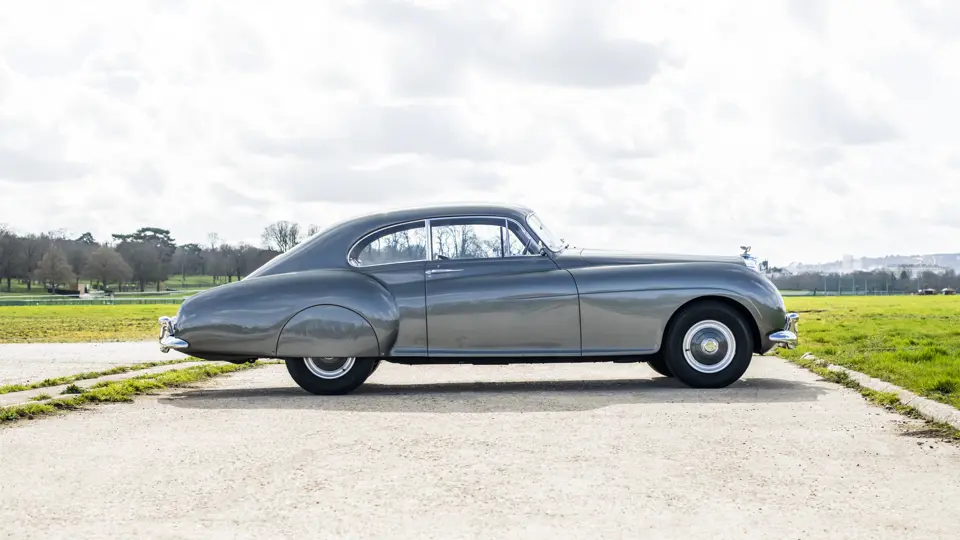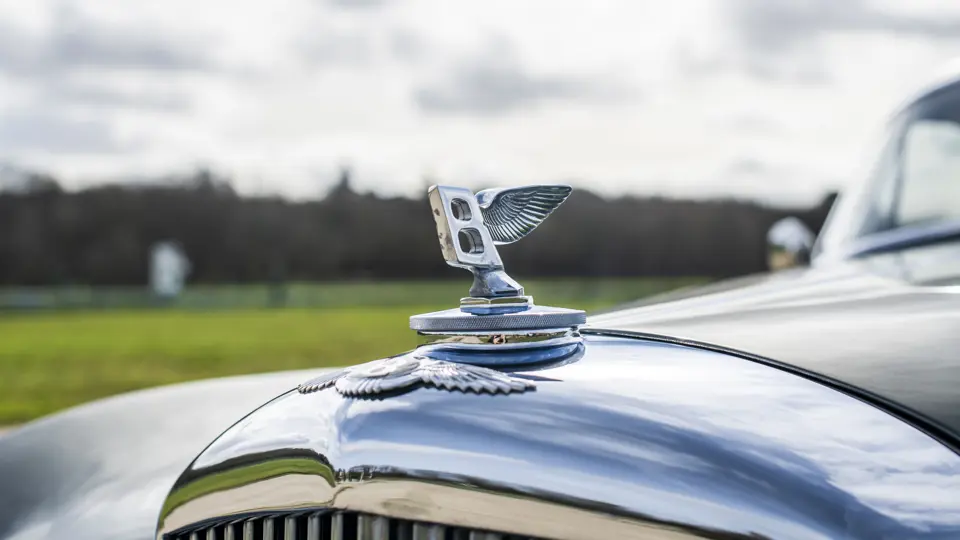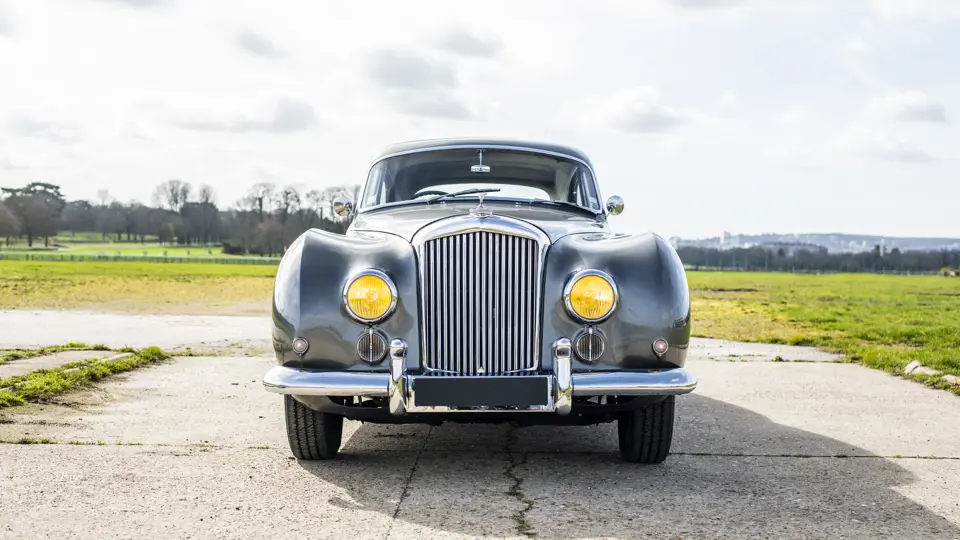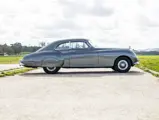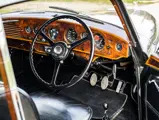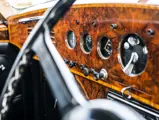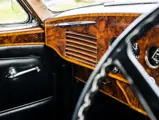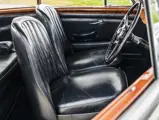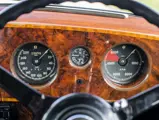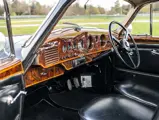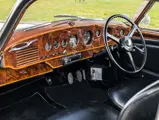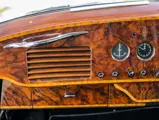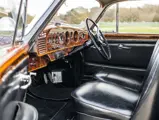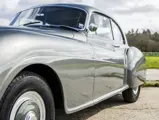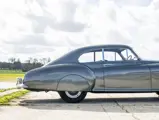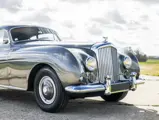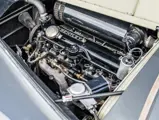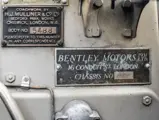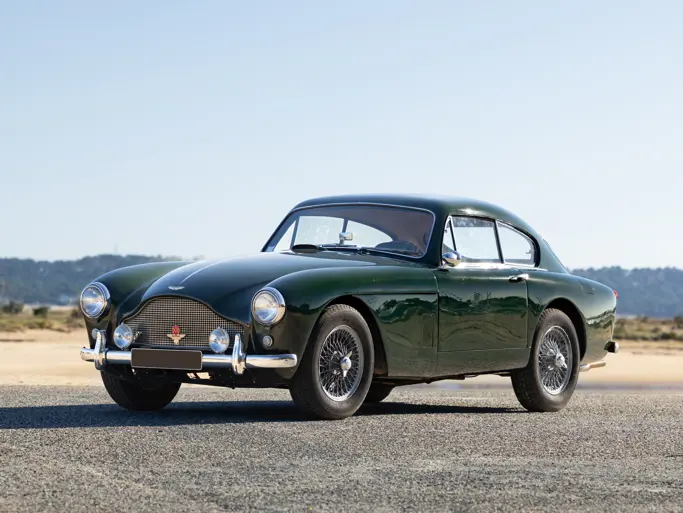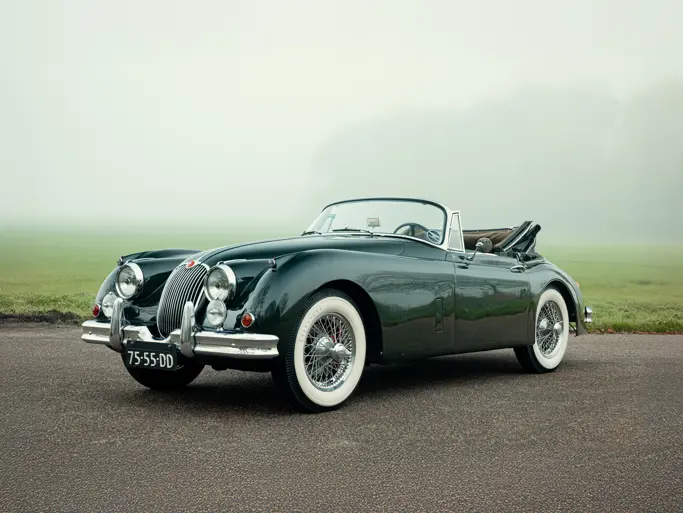
1952 Bentley R-Type Continental Fastback Sports Saloon by H.J. Mulliner
{{lr.item.text}}
€750,000 - €1,000,000 EUR | Not Sold
{{bidding.lot.reserveStatusFormatted}}
- One of only 25 “A”-series examples of the Continental from a total production run of 207
- Supplied new by Franco-Britannic Automobiles of Levallois-Perret; only four French owners from new
- An icon of 1950s opulence combining timeless exterior design with a finely appointed interior
- Uno dei soli 25 esemplari di Continental serie “A” in un ciclo di produzione complessivo di 207 unità
- Consegnata da nuova da Franco-Britannic Automobiles a Levallois-Perret; quattro soli proprietari francesi dalla prima immatricolazione
- Icona dei fasti degli anni ’50, in cui si fondono un design degli esterni senza tempo e un abitacolo dalle finiture raffinate
When Rolls-Royce’s Chief Projects Engineer Ivan Evernden set out to create a high-performance Bentley for the 1950s, his challenge was to meld refinement and sophistication with true pace. Though no easy feat, the goal was achieved with aplomb. A top speed of around 190 km/h awarded the Continental the status of the world’s fastest four-seater, yet the R-Type retained all the luxurious qualities associated with the Bentley name. When unveiled, the Bentley was one of the most elegant cars ever produced—an accolade it still carries to this day.
Clothed in aluminium bodywork by H.J. Mulliner, the Continental gained a performance edge thanks to its relatively light weight and carefully honed aerodynamics, courtesy of the Rolls-Royce wind tunnel. Beneath its skin, the car employed the same “cruciform” chassis and running gear as its saloon sister models, while mechanical upgrades were surprisingly few. The model cost £6,928 at a time when the average UK annual salary was £468, meaning only the wealthiest of enthusiasts could afford this decadent masterpiece. As a result, the production run ended with 207 units after a three-year run.
The first 25 “A”-series Continental models—including this example, chassis BC23A—employed the earlier Bentley Mk VI chassis. Originally finished in black, the R-Type was ordered for delivery in September 1952 and despatched to Franco-Britannic Automobiles of Levallois-Perret in early 1953. The right-hand-drive Bentley was delivered to its first owner, Jacques Foussier, on 31 March and remained with him for the next decade. The Continental was retained by its second owner, Monsieur Roussel, until the mid-1970s, when it was acquired by the collector, Alain Rouhaud. As a tongue-in-cheek gesture, during Rouhaud’s 40-year custodianship the Bentley sported a bust of Lenin in place of the usual winged “B” mascot, although the latter has since been reinstated. The Continental passed to its fourth owner in December 2016.
Equipped with desirable lightweight seats, manual gearbox, and rear wheel spats, as well as period-correct yellow headlamps, this quintessential post-war Bentley underwent at least €20,000-worth of improvements at Atelier Tisserand Restauration of La Chapelle-Gauthier, France, in 2021. A workshop invoice detailing the work completed can be viewed as part of the car’s history file.
Quando Ivan Evernden, Chief Projects Engineer di Rolls-Royce, decise di creare una Bentley a elevate prestazioni per gli anni ’50, si trovò ad affrontare una sfida unica: fondere raffinatezza ed eleganza a un ritmo sportivo. Per quanto non sia stato facile, l’obiettivo fu raggiunto senza difficoltà. Una velocità massima di circa 190 km/h conferì alla R-Type Continental lo status di quattro posti più veloce al mondo e ciò senza rinunciare al lusso esclusivo evocato dal nome Bentley. Quando fu svelata, la Bentley era una delle auto più eleganti mai prodotte, un riconoscimento che merita ancora oggi.
Con una carrozzeria in alluminio realizzata da H. J. Mulliner, la Continental offriva prestazioni elevate grazie al suo peso relativamente ridotto e all’aerodinamica delineata con cura nella galleria del vento Rolls-Royce. L’auto era dotata dello stesso telaio a croce e della stessa meccanica delle “sorelle” in versione berlina, mentre gli aggiornamenti meccanici erano sorprendentemente pochi. Il modello costava £ 6.928 in un periodo storico in cui il salario annuo nel Regno Unito si attestava sulle £ 468: solamente gli appassionati più facoltosi potevano permettersi questo capolavoro del decadentismo. Per questa ragione il ciclo di produzione si concluse dopo tre anni con un totale di 207 esemplari.
I primi 25 modelli di Continental serie “A”, incluso l’esemplare con numero di telaio BC23A qui proposto, furono realizzati con il telaio della Bentley Mk VI. Originariamente verniciata in nero, questa R-Type fu ordinata a settembre 1952 e consegnata a Franco-Britannic Automobiles di Levallois-Perret all’inizio del 1953. Il 31 marzo dello stesso anno questa Bentley con guida a destra fu consegnata al suo primo proprietario, Jacques Foussier, che la tenne con sé per i successivi dieci anni. La Continental rimase quindi con il suo secondo proprietario, Monsieur Roussel, fino alla metà degli anni ’70, quando fu acquistata dal collezionista Alain Rouhaud. Nei quarant’anni di proprietà di Rouhaud la Bentley ha sfoggiato ironicamente un busto di Lenin al posto del tradizionale stemma della “B” alata, che è stato tuttavia ripristinato. Il passaggio al quarto proprietario della Continental è avvenuto nel dicembre 2016.
Dotata di tocchi esclusivi come i sedili alleggeriti, il cambio manuale e le carenature delle ruote posteriori, oltre a proiettori gialli coevi al modello, questa inconfondibile Bentley del dopoguerra è stata sottoposta nel 2021 a un intervento migliorativo del valore di almeno € 20.000 presso Atelier Tisserand Restauration di La Chapelle-Gauthier, in Francia. La fattura contenente tutti i dettagli dei lavori completati è allegata al fascicolo storico della vettura.

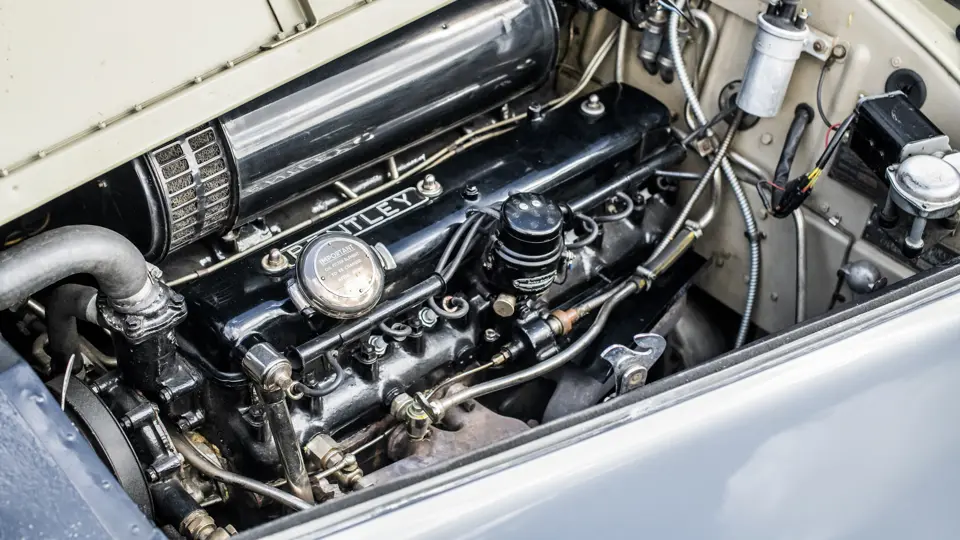


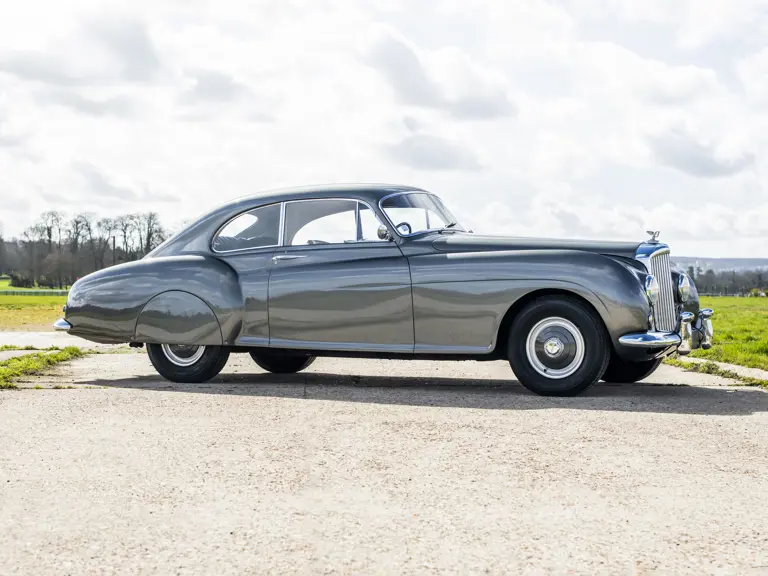
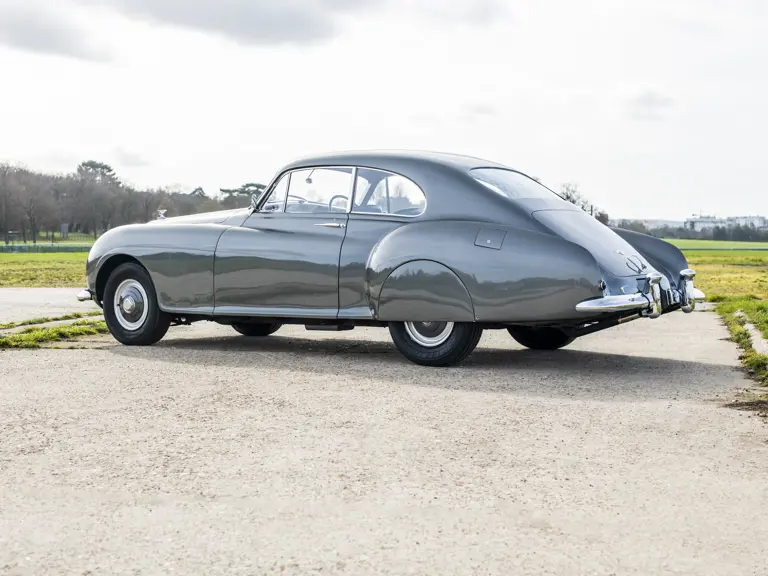

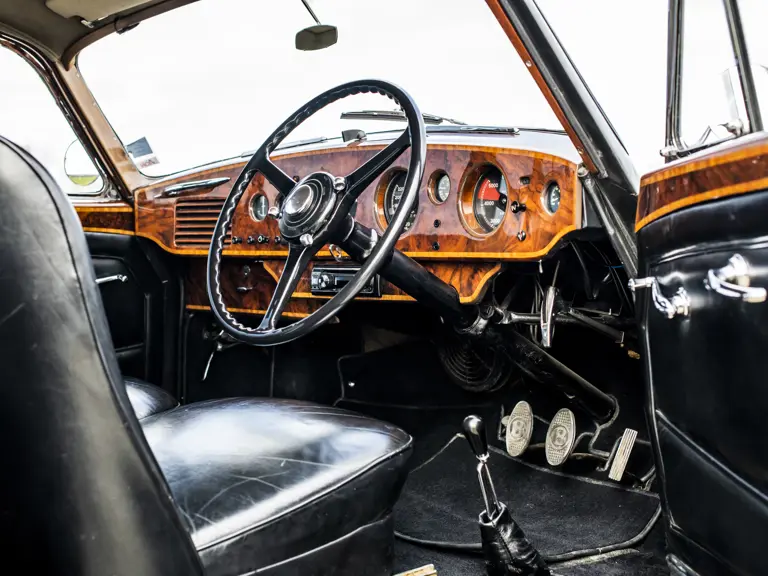
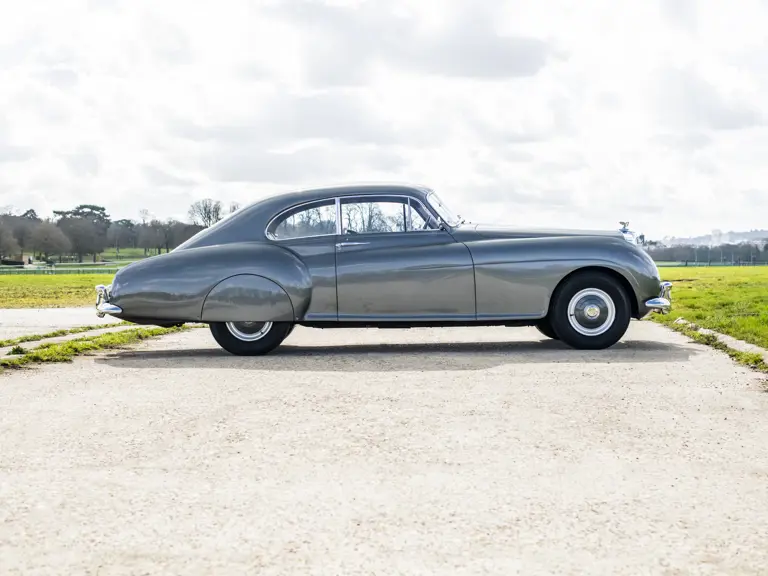
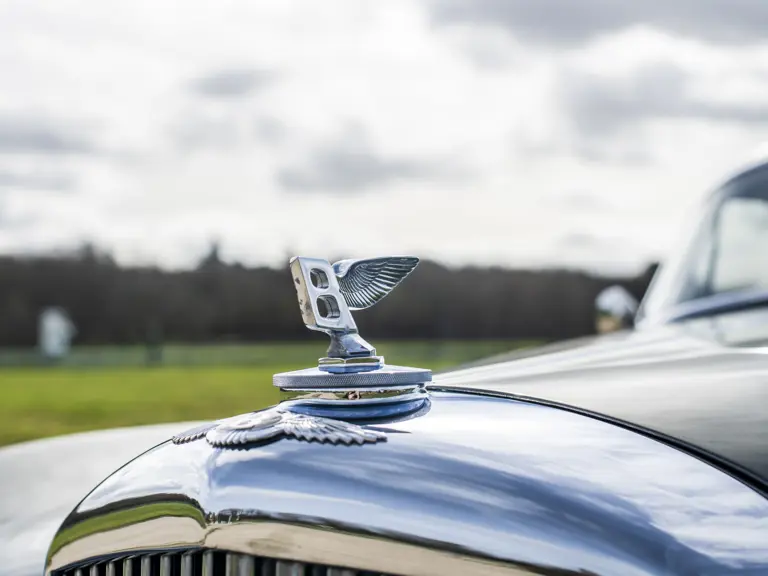
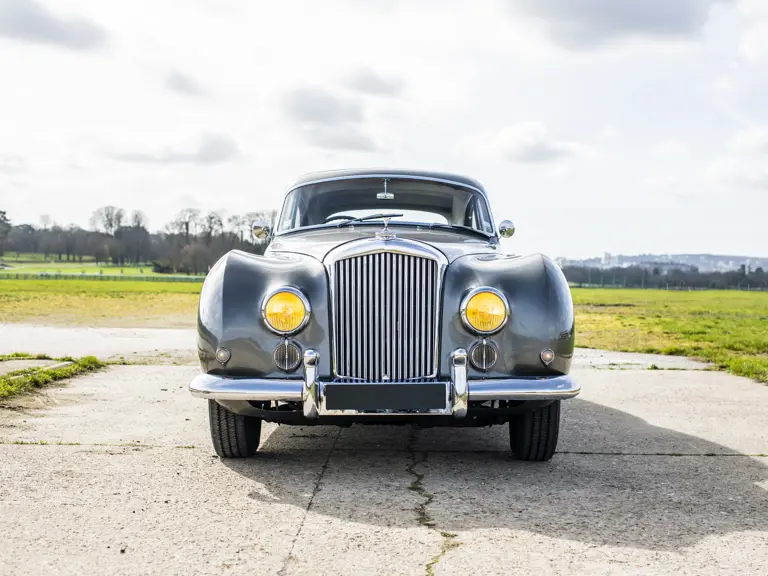
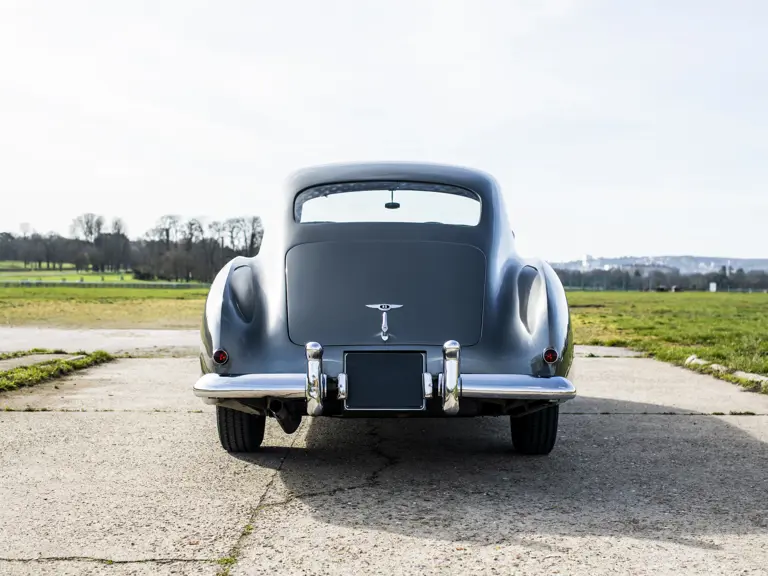
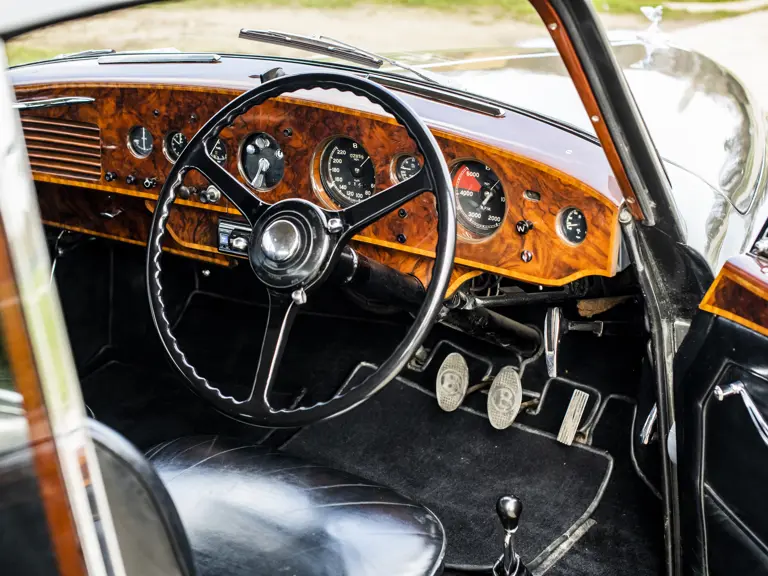
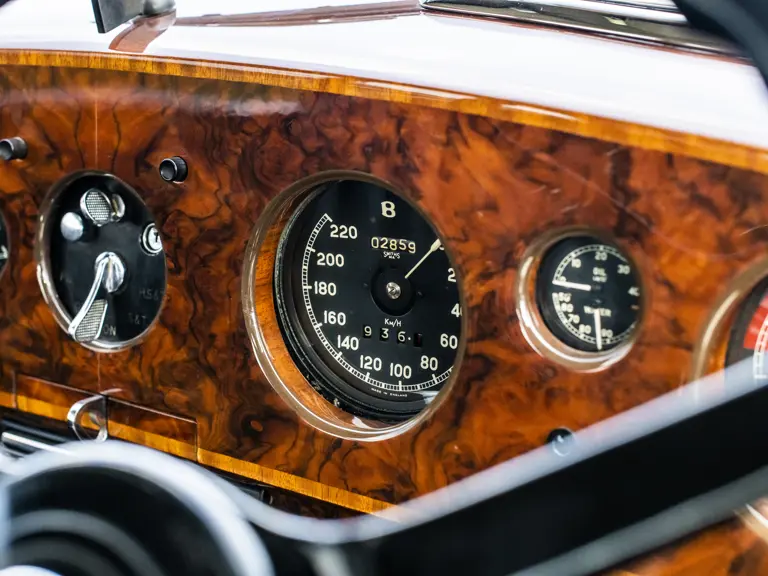

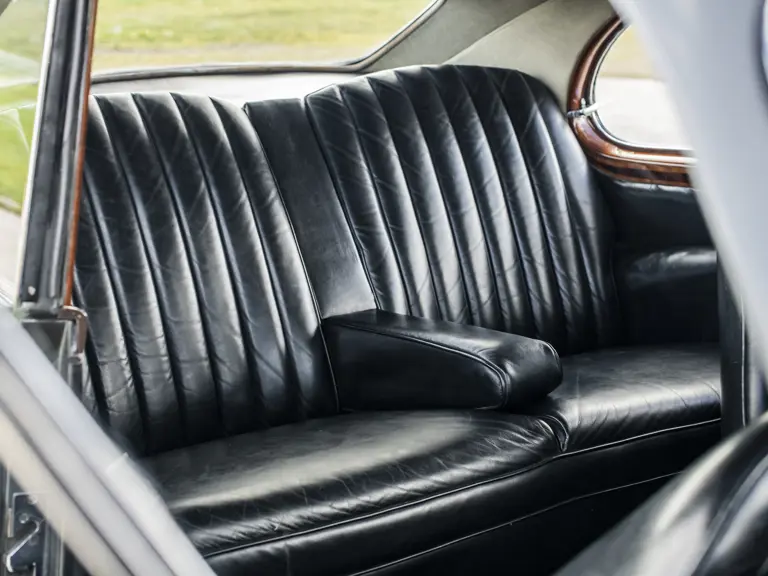
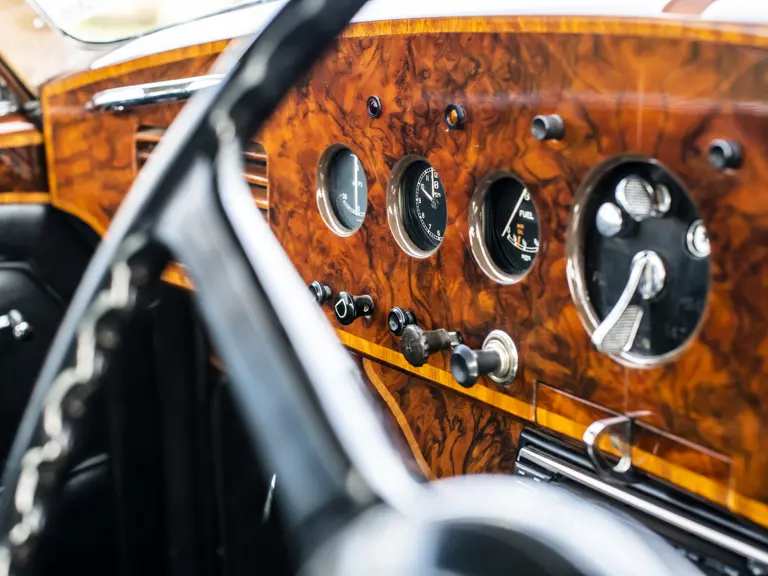
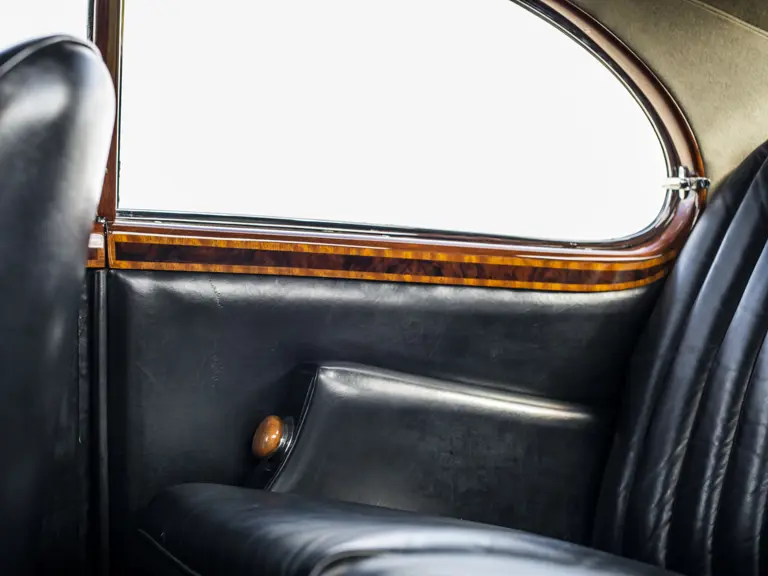



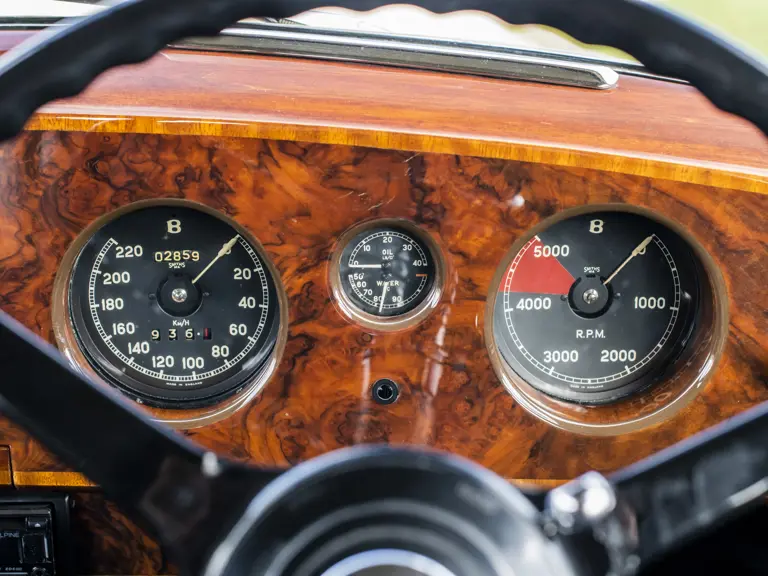
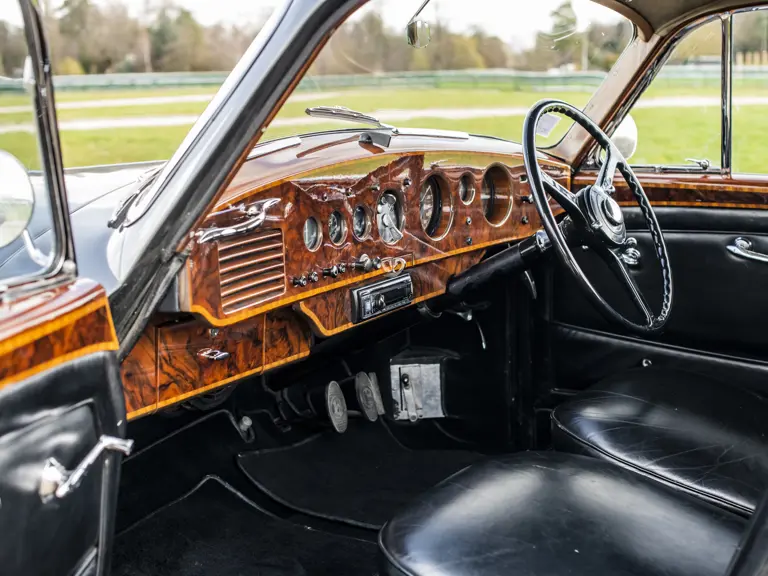
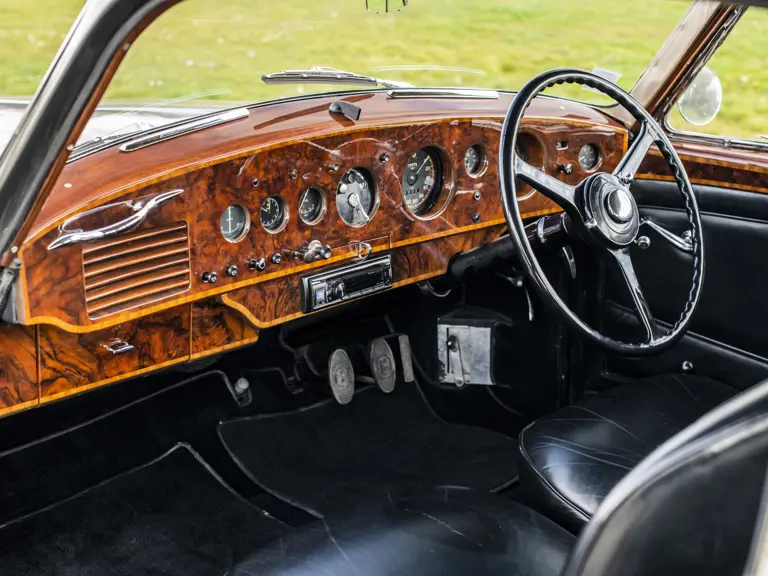
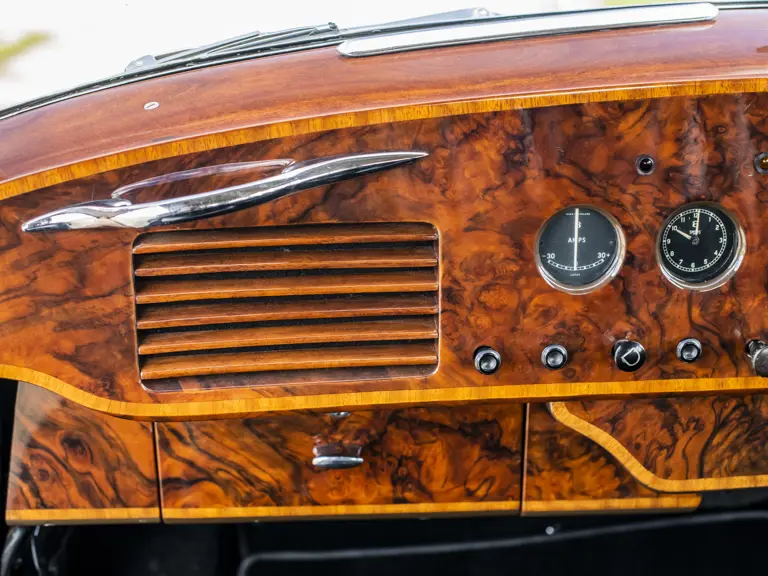
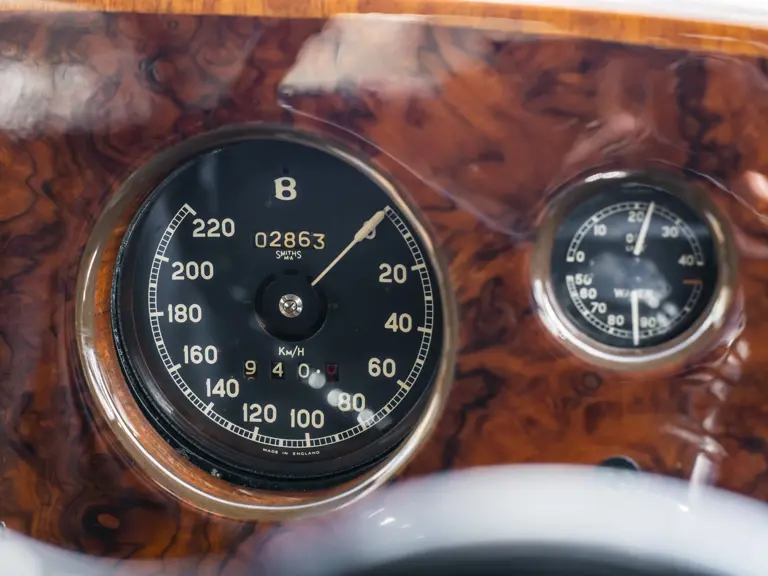
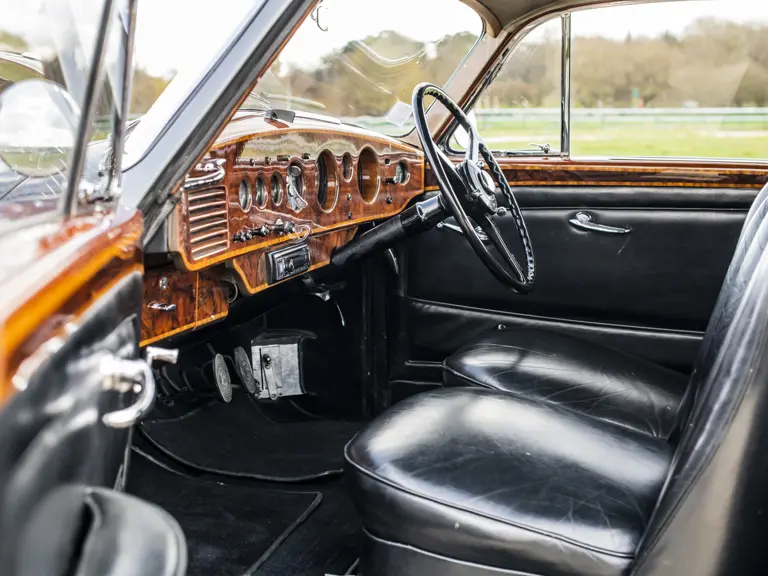
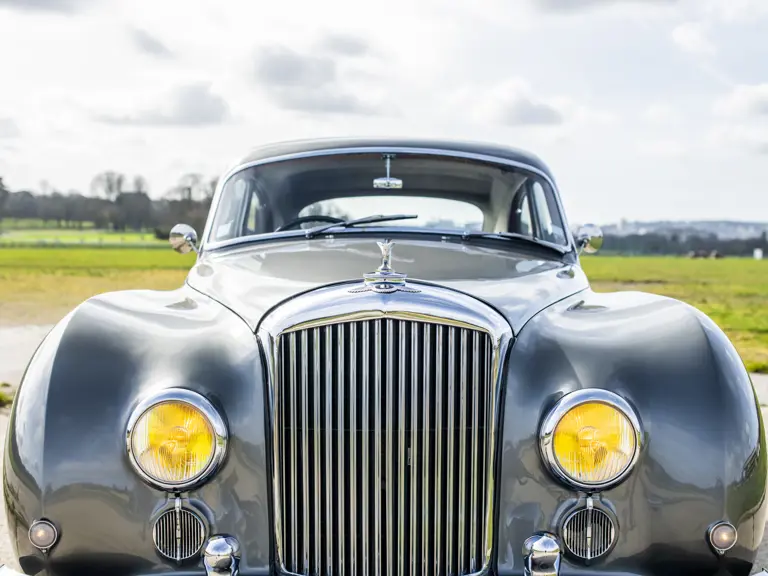

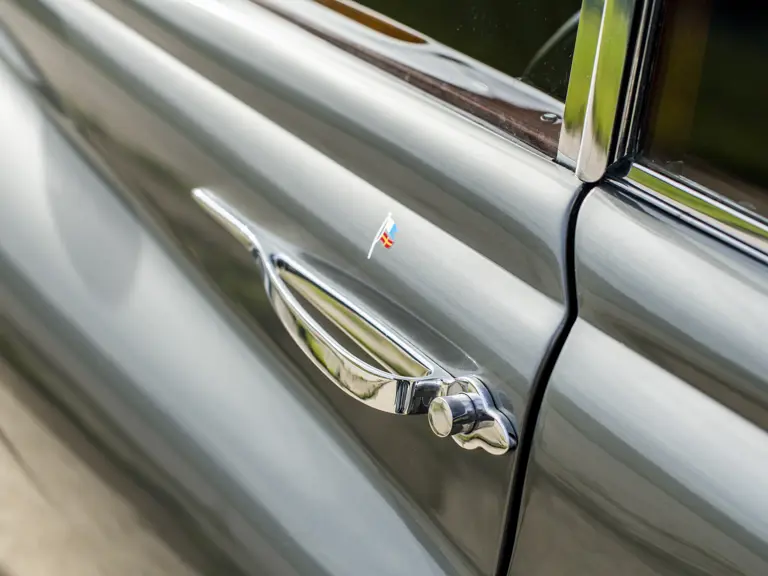
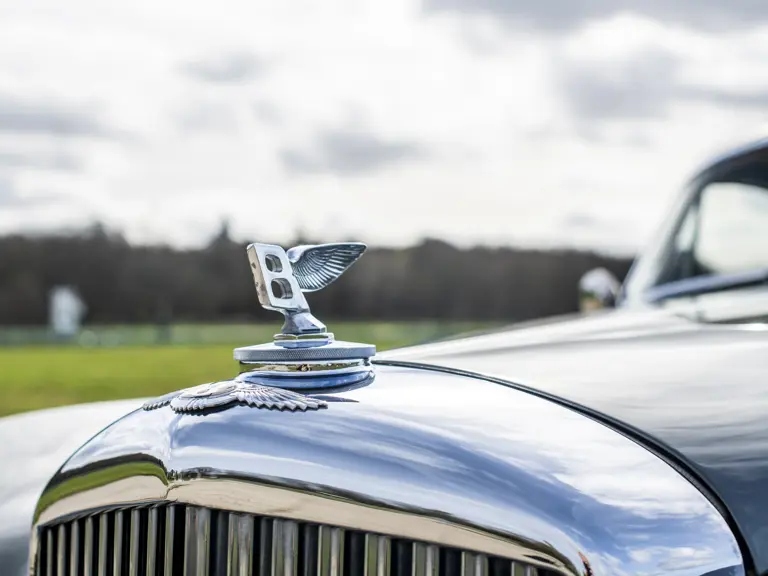
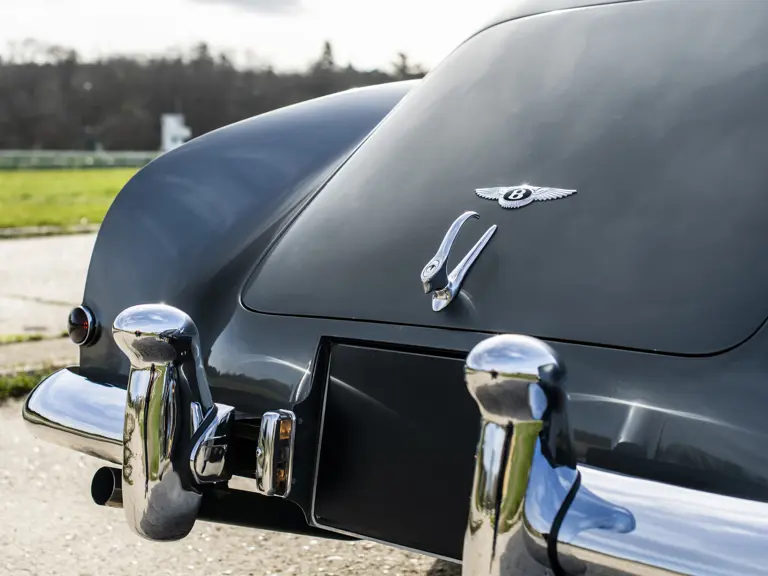
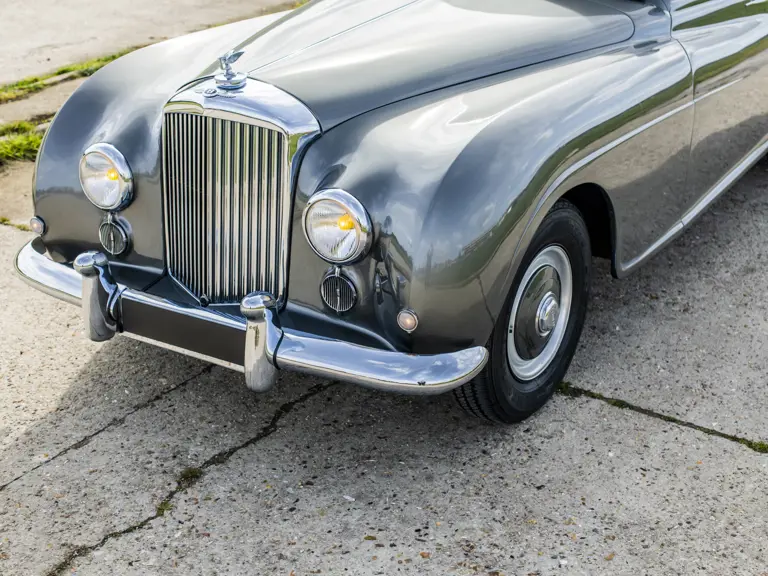
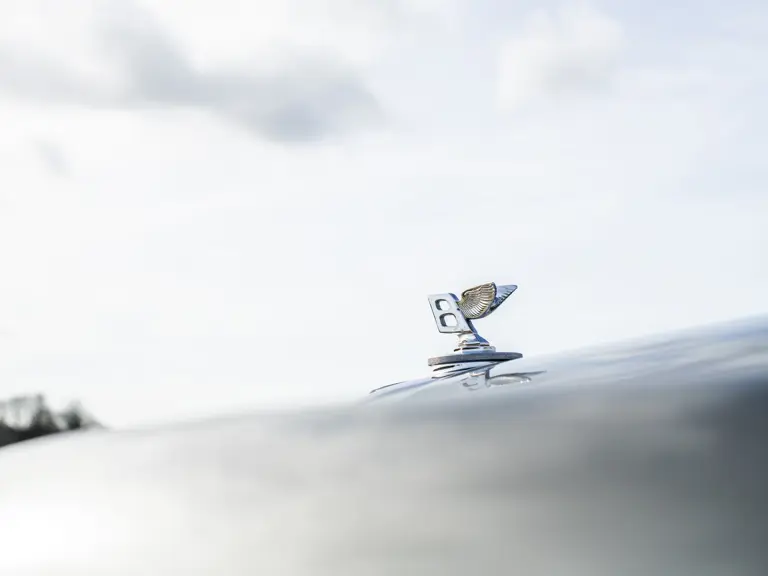

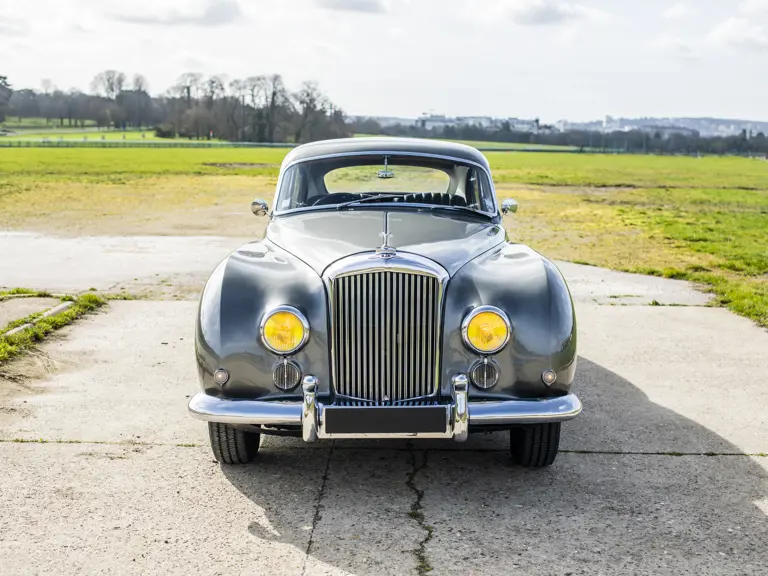
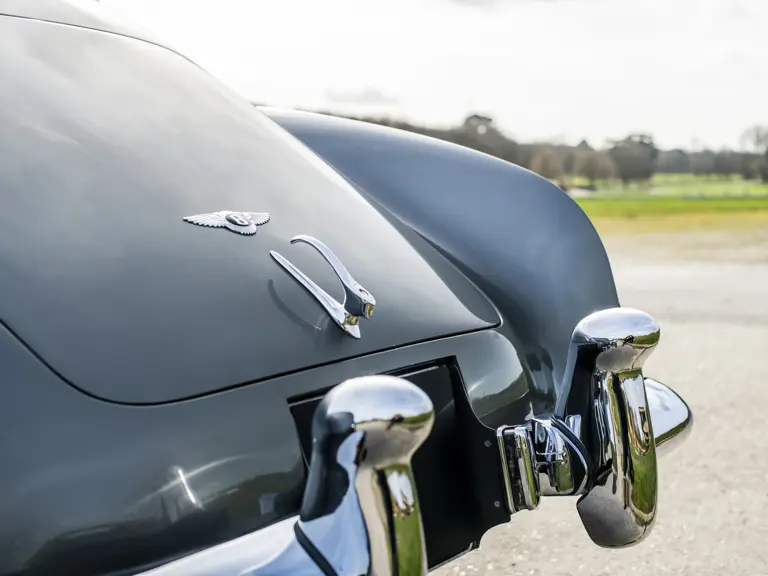

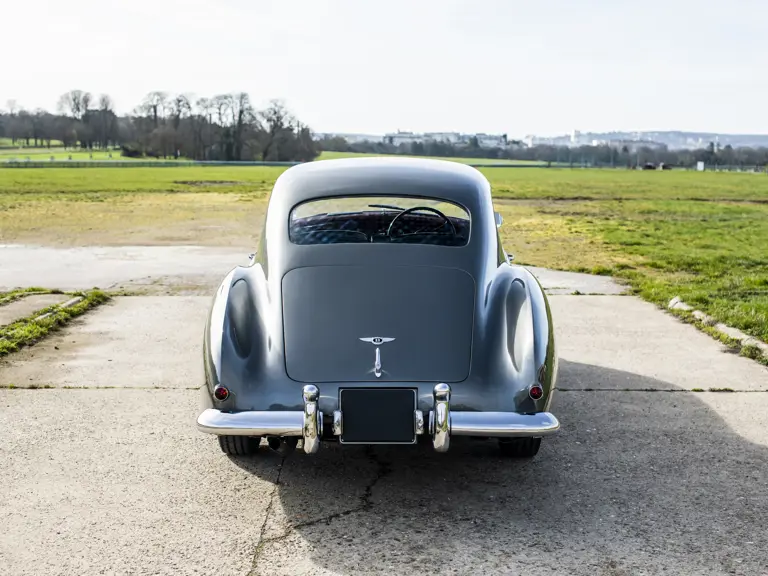
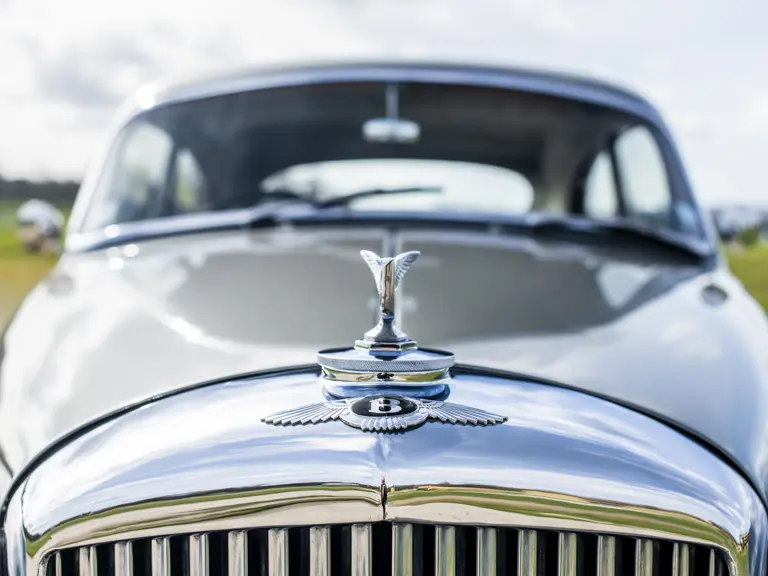
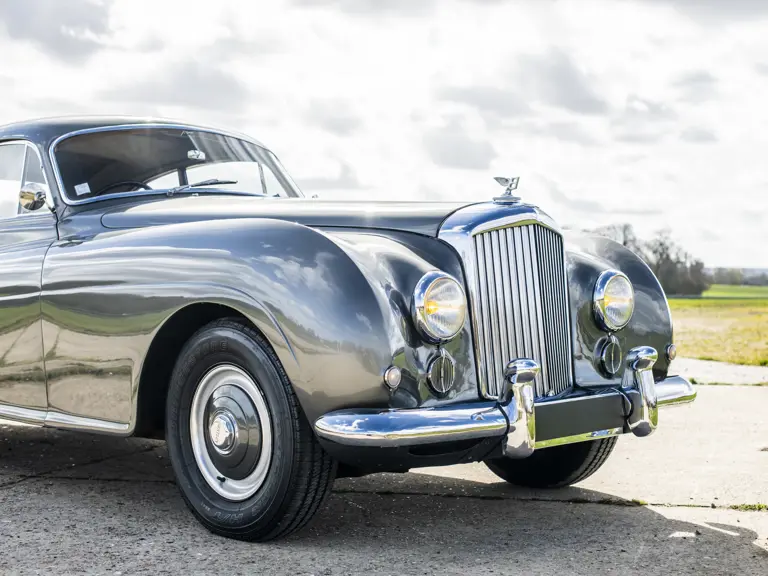
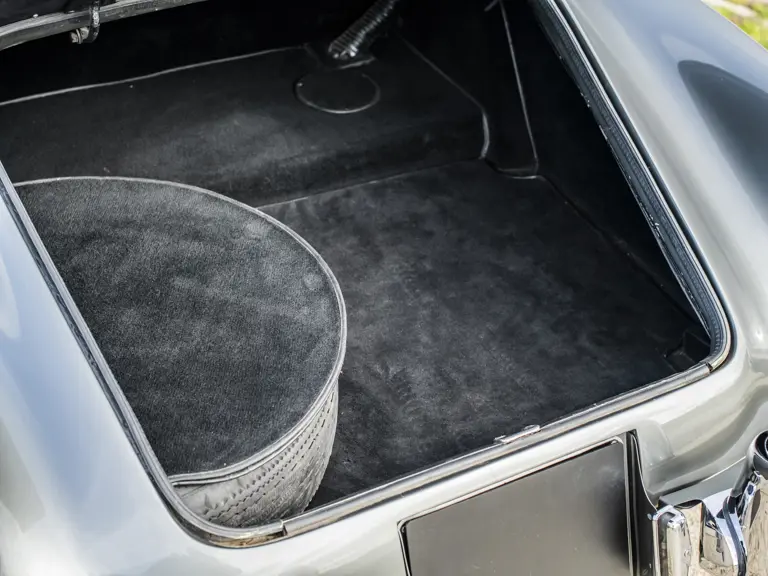

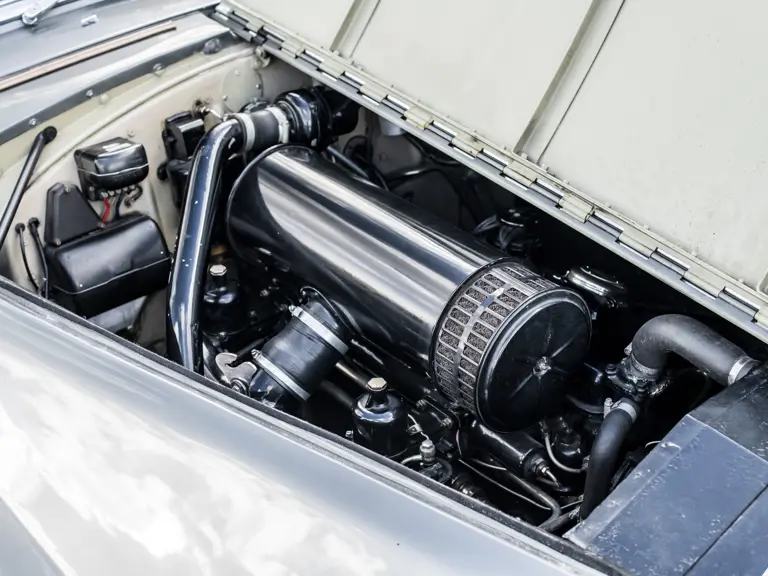

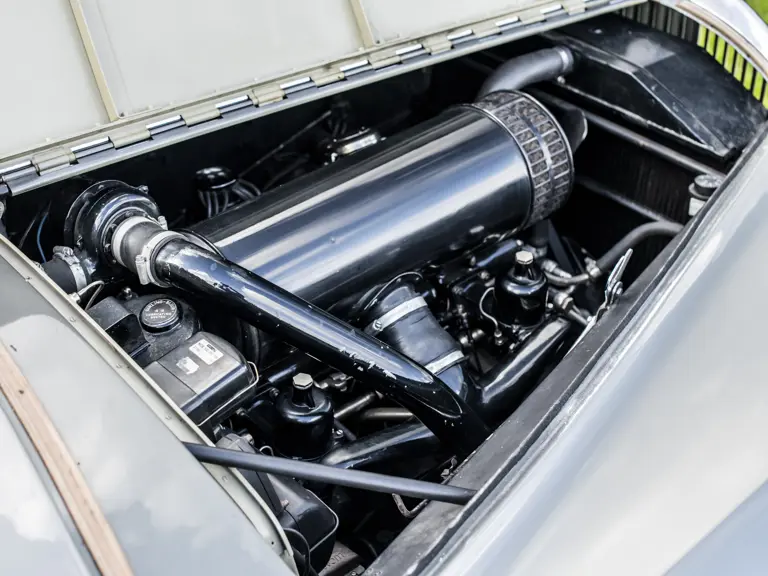
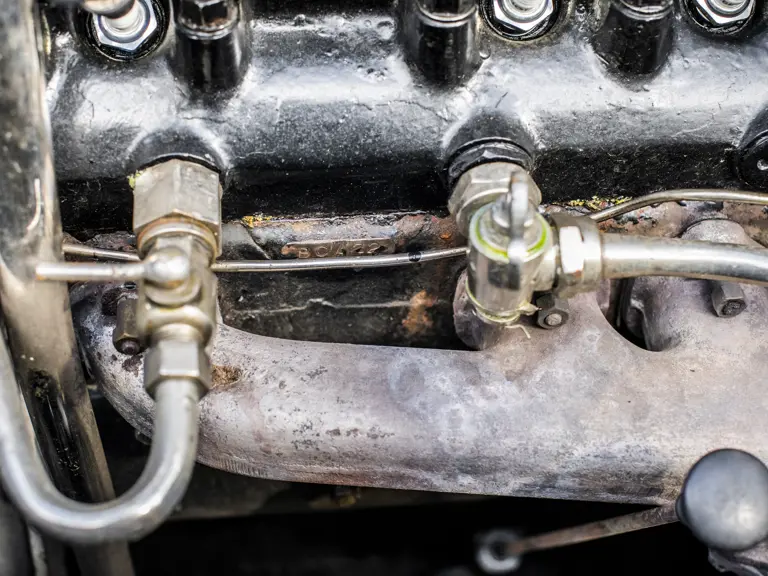
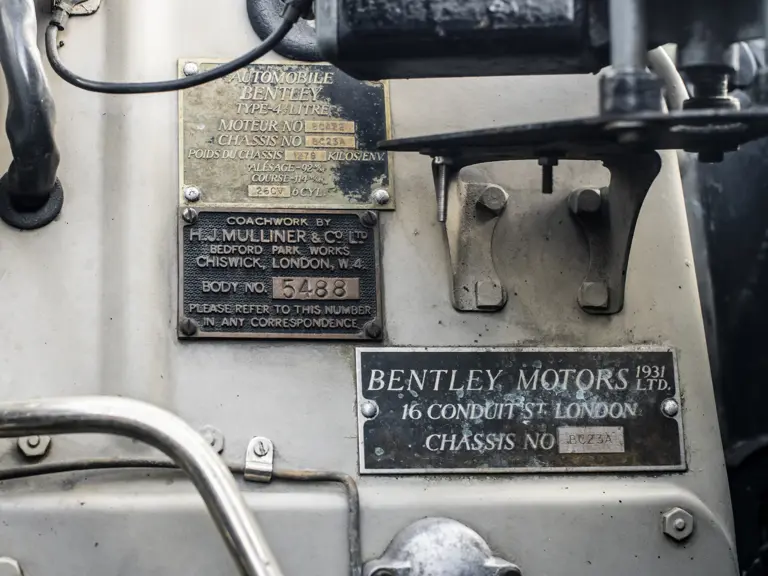
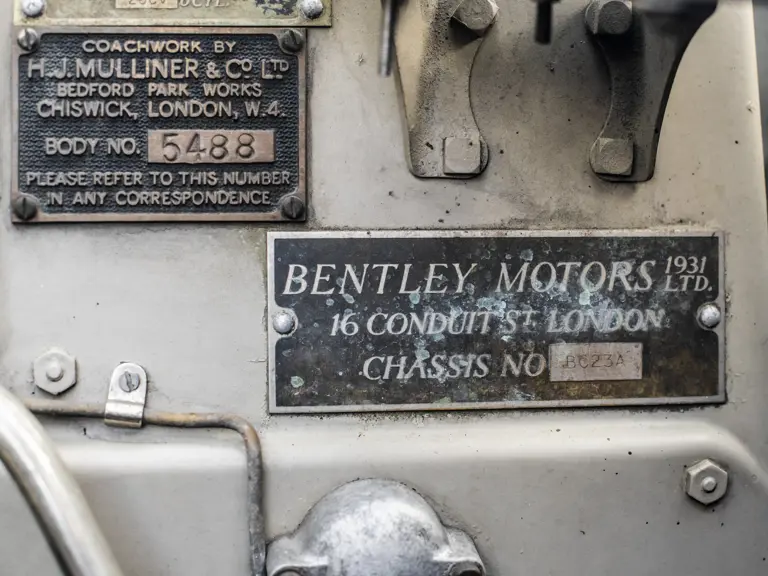
 | Cernobbio, Italy
| Cernobbio, Italy
